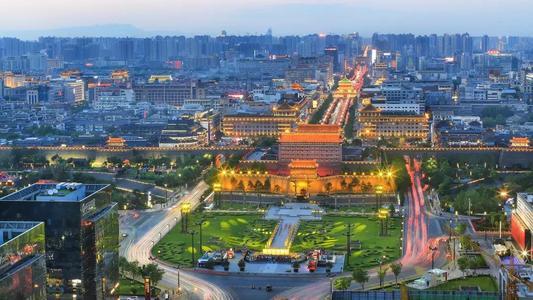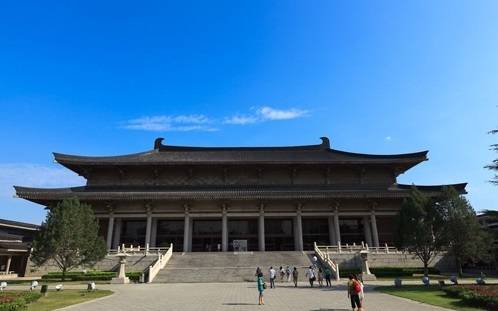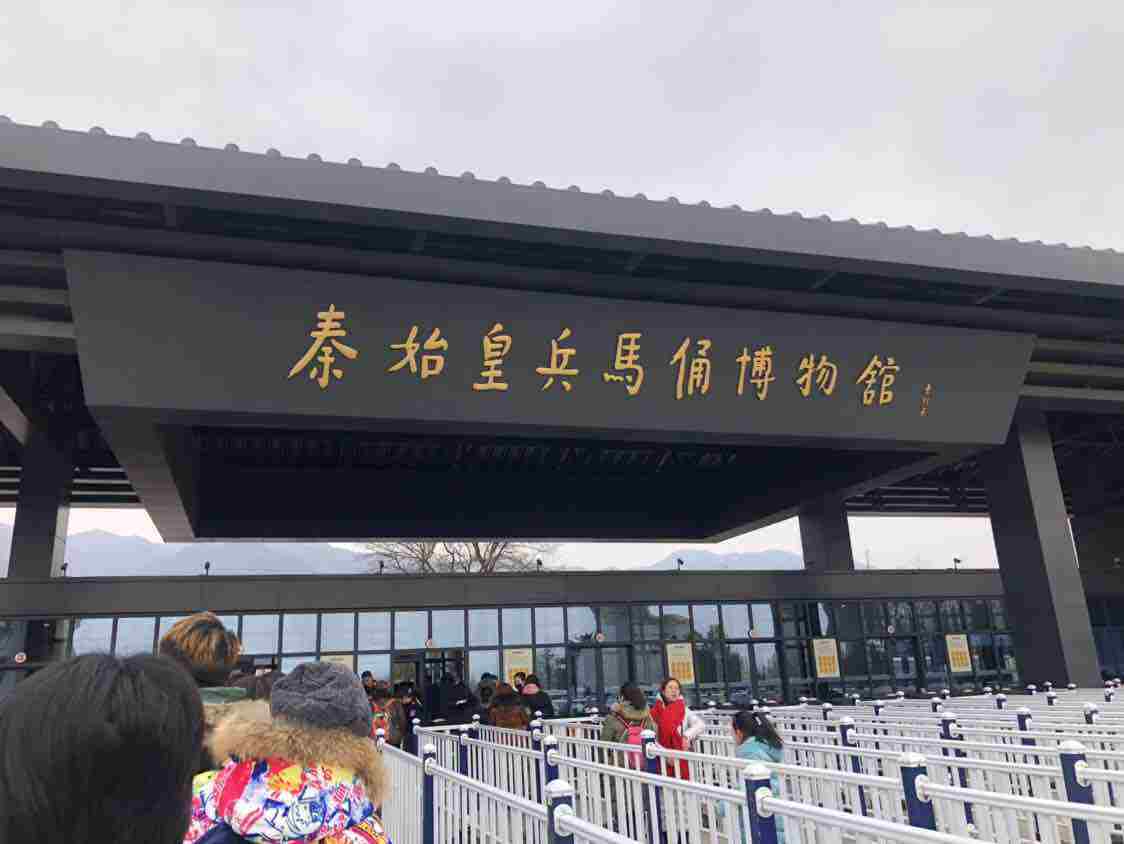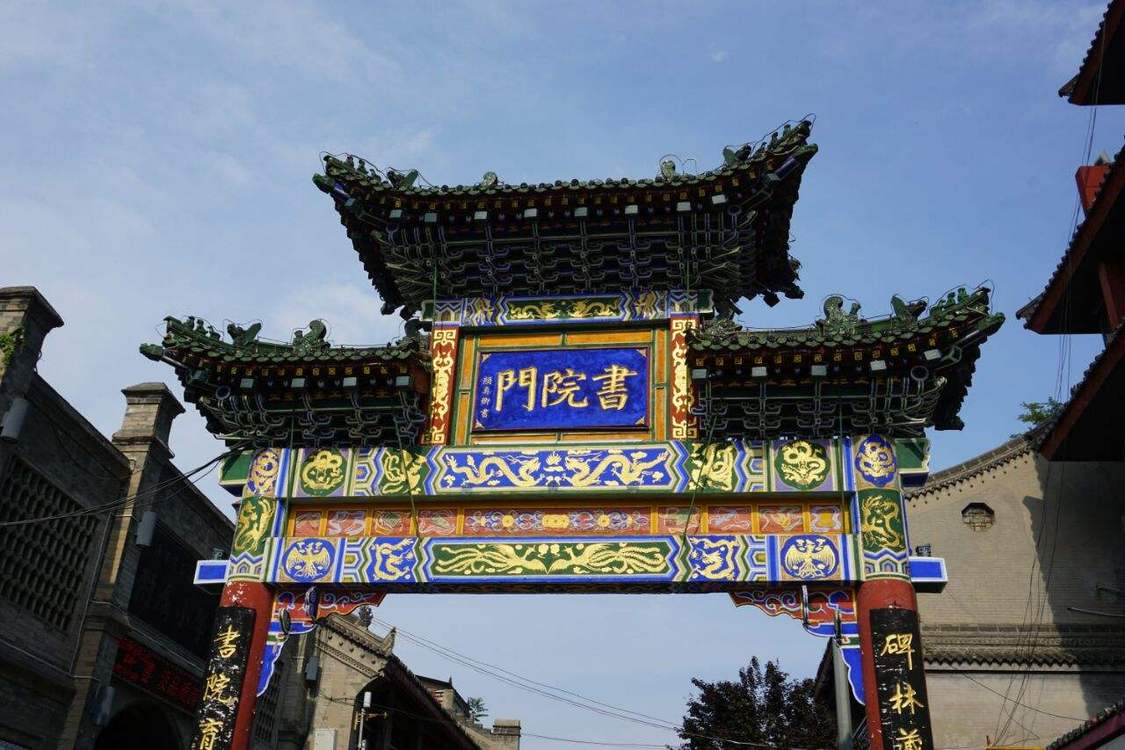In the morning, you can visit the Shaanxi History Museum, which is a great place to learn about the history and modern changes of Xi'an, Shaanxi. It is necessary to arrive early to queue or make an online reservation in advance, otherwise, there will be many visitors on weekends. The museum limits the number of tickets to 6,000 per day, and admission is free with a valid ID. It is recommended to allocate at least half a day for the visit, with a minimum of 3 hours. The Shaanxi History Museum is closed on Mondays, stops issuing tickets at 16:30, starts clearing the venue at 17:30, and closes at 18:00.
Stepping out of the museum, you can see the Giant Wild Goose Pagoda. It is not only a famous attraction in Xi'an but also a landmark building. Every visitor to Xi'an wants to see it with their own eyes. Each ticket costs 25 yuan in peak season and 20 yuan in off-season. After shopping, you can solve your lunch problem at the nearby shopping center.
Mausoleum of the First Qin Emperor
"One of the Eight Wonders of the World", the Terracotta Army, does this title matter? Perhaps for the First Emperor of Qin, it did not matter. What mattered was his belief in the concept of 'treating death as life'. Since his ascension to the throne, he believed that he had created everything and that he could enjoy everything after death just as he did in life. Little did he know that the Terracotta Army and the Epang Palace, which he had spent so much manpower and resources to build, would end up as one of the world's wonders visited by modern people, while the other became a wasteland. For modern people, the terracotta figures and the Epang Palace are miracles, but for the Qin Dynasty, they were the very things that led to its downfall. As Du Mu wrote in his 'Epang Palace Fu': 'The destruction of the Six Kingdoms was caused by the Six Kingdoms, not by Qin. The people of Qin, not the world, mourned. The people of Qin could not escape self-pity, and later generations mourned them; if later generations do not learn from this, they too will be mourned by future generations.'
Shuyuanmen Street
As the name Shuyuanmen suggests, this is the place in Xi'an with the richest scholarly atmosphere. The Four Treasures of the Study and various antiques are gathered here, and there are even a few youth hostels filled with a sense of nostalgia. You can usually find your desired brushes, calligraphy works, or rubbings here, with prices varying widely. Shuyuanmen includes the Guanzhong Academy, one of the four major academies of the Ming and Qing dynasties, as well as the former residence of Mr. Yu Youren. Shuyuanmen is like an old man with a flowing white beard, standing alone and gazing at the history recorded in ink and brush.
Built in Shaanxi, it is the earliest museum in the region, housing and exhibiting a series of cultural relics such as steles, epitaphs, and stone carvings from various dynasties. It is considered a unique museum in China and the only one themed around steles. Today, the museum holds over ten thousand artifacts. For calligraphy enthusiasts, this place is an ocean of art, where one can immerse in the sea of calligraphy, feeling as comfortable as a fish in water or a bird returning to the forest. It is hailed as the 'Jerusalem of the calligraphy world.'













